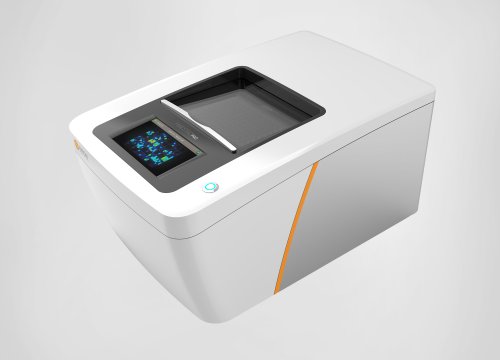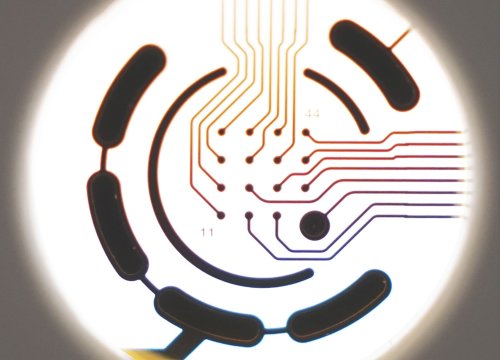Milky B, Zabolocki M, Al-Bataineh SA, van den Hurk M, Greenberg Z, Turner L, Mazzachi P, Williams A, Illeperuma I, Adams R, Stringer BW, Ormsby R, Poonnoose S, Smith LE, Krasowska M, Whittle JD, Simula A, and Bardy C.
Stem Cell Reports, 2022.
Bioelectronic assays and other methods demonstrate advantages of using diaminopropane (DAP) treatment with laminin-based coating for neuronal cultures
Human induced pluripotent stem cells (hiPSCs) are increasingly being used to study neurological and neuropsychiatric conditions in vitro, but plate adherence of human neurons over extended periods can be a challenge. In this study, scientists evaluated thin-film plasma polymer treatments, polymeric factors, and extracellular matrix coatings to assess their effects on the adherence of human neuronal cultures on glass.
To assess the neuronal cultures in vitro, researchers used Axion’s Maestro multielectrode array (MEA) platform and other testing methods. The overall findings demonstrated that diaminopropane (DAP) treatment with laminin-based coating provides the most favorable microenvironment for long-term neuronal adhesion and maturation. The authors suggest that this novel application of DAP as a surface modification for neuronal adhesion may improve the quality of in vitro neuronal models and accelerate translational research in the future.


